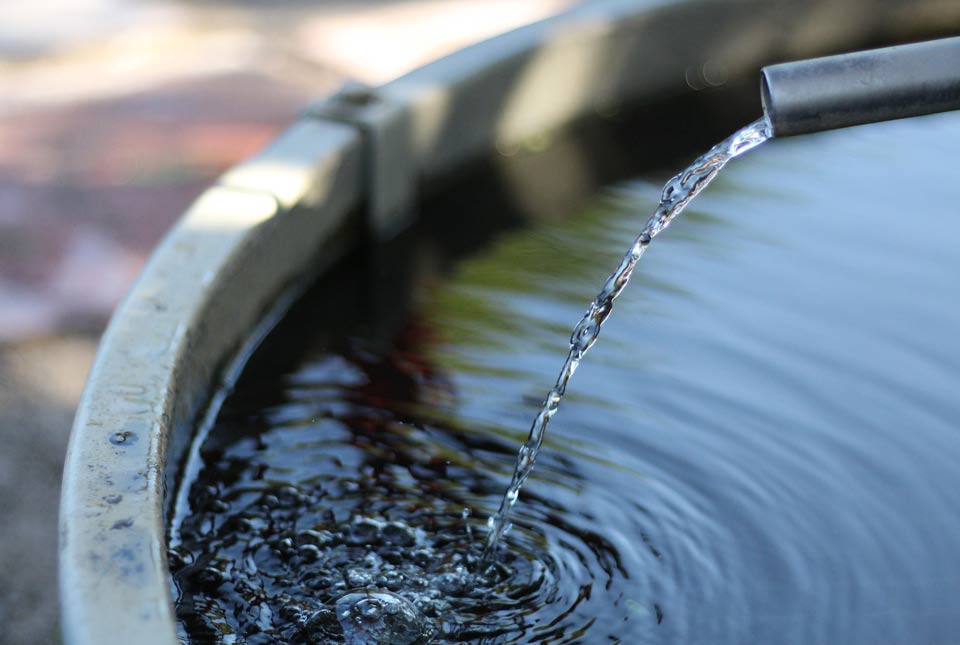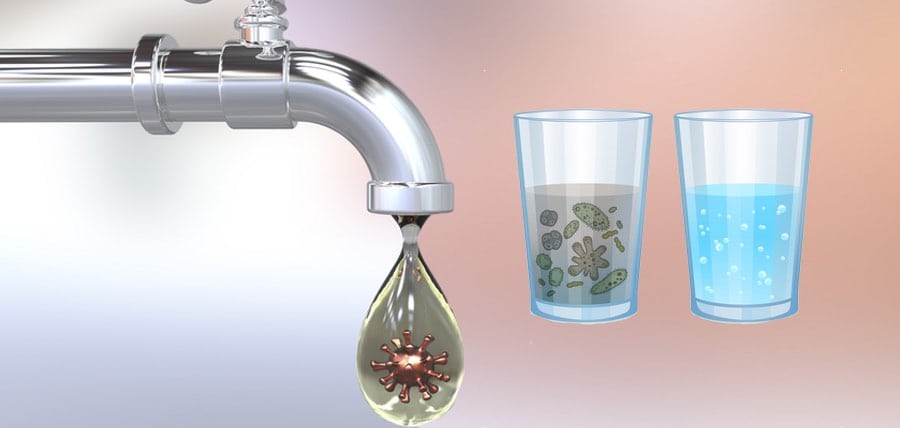
Understanding the impact of different seasons on water quality is necessary for maintaining a safe and clean water supply. Let’s delve into how seasonal shifts affect water quality and provide essential tips for ensuring optimal conditions in varying weather.
The Seasonal Dynamics Of Water Quality:
Temperature Fluctuations: Warmer temperatures in summer can spur biological activity, potentially leading to bacterial growth and algae blooms in water tanks. The small cycling of water caused by temperature fluctuations can induce stratification. Conversely, colder winters may risk freezing, causing tank damage and water quality issues.
Rainfall and Runoff: Heavy rain during the rainy season introduces contaminants, sediment, and debris into tanks through runoff. This influx can degrade water quality and foster microbial growth if not managed properly.
Sunlight Exposure: Increased sunlight exposure in summer encourages algae growth in tanks, resulting in unpleasant odours, tastes, and discoloration. Tanks in direct sunlight are especially prone to algae, impacting water quality and appearance.
Water Demand: Seasonal variations in water demand, like increased summer usage for irrigation, strain storage systems. Higher demand may decrease water turnover rates, leading to stagnant conditions and potential quality issues without proper maintenance.

How Do Different Seasons Influence The Quality Of Stored Water?
Spring:
1. With increased rainfall, runoff carries debris, sediment, and contaminants into water sources, potentially compromising stored water quality.
2. Warmer temperatures promote microbial activity, raising the risk of bacterial growth if water is not adequately treated.
3. Pollen and organic matter from blooming vegetation can contribute nutrients to water, fostering algae growth if not managed.
Summer:
1. Elevated temperatures accelerate biological processes, increasing the likelihood of bacteria and algae proliferation in stored water.
2. Intense sunlight exposure fuels algae growth, causing taste, odour, and colour issues in stored water.
3. Higher water demand strains storage systems, potentially leading to stagnant water conditions and decreased turnover rates.
Autumn:
1. Cooling temperatures slow microbial growth, reducing the risk of bacterial contamination in stored water.
2. Falling leaves and organic debris can contaminate collected rainwater, impacting stored water quality.
3. Reduced rainfall may lower water levels, increasing dissolved solids concentration in stored water.
Winter:
1. Freezing temperatures pose a risk of tank damage, potentially compromising structural integrity and leading to leaks or contamination.
2. Reduced sunlight exposure limits algae growth, minimizing taste and odour issues associated with algae blooms.
3. Lower water demand may prolong water residence times, increasing the risk of stagnation and microbial growth.

Essential Tips For Maintaining Water Quality:
1. Regular Inspections: Frequently check tanks for contamination, sediment, or damage. Promptly tackle problems to halt any further decline.
2. Cleaning and Maintenance: Establish routine cleaning to remove sediment, debris, and biofilm. Maintain tank infrastructure to prevent leaks and contamination.
3. Temperature Control: Insulate tanks to regulate temperatures and prevent freezing. Shade or cover tanks to limit sunlight exposure and inhibit algae growth.
4. Water Treatment: Use chlorination, UV sterilization, or filtration to maintain quality and disinfect water, especially during high-risk periods.
5. Rainwater Harvesting: Employ proper harvesting techniques to reduce runoff contamination. Use pre-filtration systems to remove pollutants before storage.
6. Monitoring and Testing: Regularly monitor pH, turbidity, chlorine levels, and microbial counts. Test water periodically to identify issues early.
7. Emergency Preparedness: Develop contingency plans for extreme weather or system failures. Ensure access to alternative water sources and backup systems.
8. Educational Awareness: Educate users on the importance of seasonal maintenance and water quality preservation. Provide guidance on best practices to empower individuals in maintaining clean water supplies.

Conclusion:
Seasonal changes significantly impact water quality in storage tanks, demanding proactive measures to mitigate risks and maintain optimal conditions. By grasping the influence of temperature, rainfall, sunlight, and demand on water quality, individuals can implement effective strategies. These stratified zones can result in changes in water chemistry, including altered pH levels. Regular inspections, thorough cleaning, temperature regulation, water treatment, and monitoring are vital for sustaining clean and reliable stored water. With diligent care and adherence to best practices, water quality can be safeguarded throughout the seasons, ensuring a safe and sustainable water supply.


